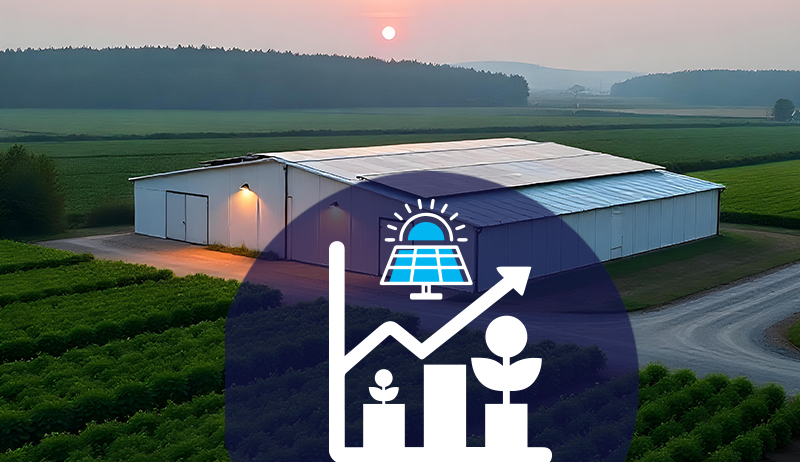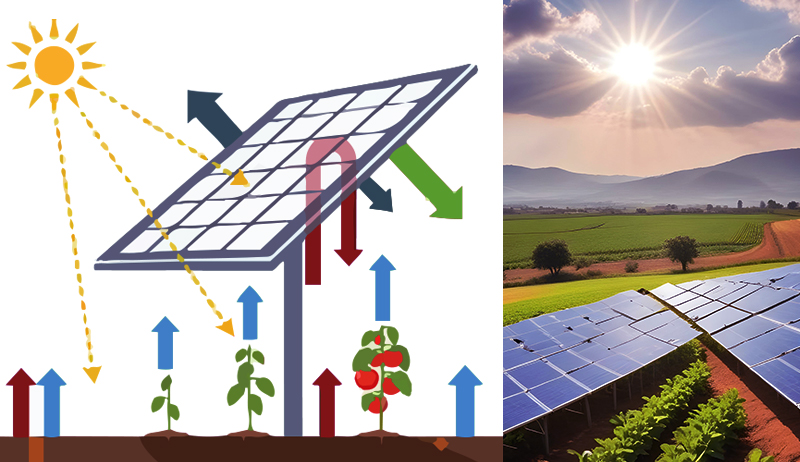The Quest for the Green Crown: Exploring the World’s Most Sustainable Buildings
In a world grappling with climate change and resource depletion, sustainable buildings have emerged as beacons of hope.
These architectural marvels go beyond reducing their environmental footprint – they strive to be net-positive contributors, generating their own energy, conserving resources, and fostering a healthy environment for occupants.
But pinpointing the “best” sustainable building is no easy feat. Sustainability encompasses a multitude of factors, and priorities can differ based on regional contexts and building types. So, instead of crowning a single champion, let’s embark on a journey through the diverse landscape of green architecture, celebrating some of the most remarkable sustainable buildings across the globe:
Shanghai Tower, China: Piercing the sky of Shanghai, this awe-inspiring skyscraper embodies a symphony of sustainability features. Its double-skin facade reduces energy consumption by 34%, while rainwater harvesting meets 50% of its water needs. Its twisting form channels wind forces, minimizing structural steel and enhancing wind turbine efficiency. Shanghai Tower stands as a testament to the integration of sustainability into architectural design at a grand scale.
Bullitt Center, Seattle, USA: This self-sufficient office building redefines what it means to be off the grid. It generates its own power through solar panels, harvests rainwater and treats greywater, and even composts waste on-site. The Bullitt Center proves that sustainability can be woven into the very fabric of a building, creating a resilient and self-sustaining living space.
CopenHill, Copenhagen, Denmark: Transforming a former landfill into a recreational haven, CopenHill pushes the boundaries of green architecture. Its artificial ski slope, built atop a waste-to-energy plant, channels heat while providing leisure opportunities. The building itself boasts verdant slopes, offering green spaces and biodiversity in the heart of the city. CopenHill exemplifies the power of sustainable design to revitalize polluted landscapes and create vibrant public spaces.
The Crystal, London, UK: This transparent structure showcases cutting-edge sustainability technologies. Its dynamic envelope adapts to temperature and light conditions, while rainwater is collected and purified for reuse. The Crystal serves as a vibrant educational hub, promoting environmental awareness and showcasing the possibilities of a truly green future.
The Friendship Hospital, Bangladesh: This healthcare facility demonstrates that sustainability doesn’t have to be reserved for high-budget projects. Its innovative design maximizes natural light and ventilation, reducing energy consumption. Locally sourced materials and rainwater harvesting further minimize environmental impact. The Friendship Hospital proves that sustainable healthcare can be a reality even in resource-constrained settings.
These are just a few examples of the incredible diversity and ingenuity present in the realm of sustainable architecture. Beyond these shining stars, countless other buildings are pushing the boundaries of green design, from passive house residences to net-zero schools. Ultimately, the “best” sustainable building is not a singular entity, but rather a dynamic process of continuous improvement and innovation. As we celebrate the achievements of these green pioneers, we must also recognize the collective effort required to bring the promise of sustainable architecture to every corner of the globe.
So, join us on this journey of discovery. Let’s delve deeper into the world’s remarkable sustainable buildings, learn from their successes, and continue to innovate – together we can shape a future where every structure contributes to a healthier planet and a brighter tomorrow.
Sustainable Building Showcase: A Comparative Table
| Building | Location | Key Sustainability Features | Impact Highlights |
|---|---|---|---|
| Shanghai Tower, China | Shanghai, China | – Double-skin facade reduces energy consumption by 34% – Rainwater harvesting meets 50% of its water needs – Twisting form minimizes structural steel and enhances wind turbine efficiency | Reduced energy and water use, optimized wind power generation, iconic sustainable skyscraper |
| Bullitt Center, Seattle, USA | Seattle, USA | – Generates 100% of its power through solar panels – Harvests and treats greywater – Composts waste on-site | Self-sufficient and off-grid office space, minimizes reliance on external resources, model for urban sustainability |
| CopenHill, Copenhagen, Denmark | Copenhagen, Denmark | – Ski slope built atop waste-to-energy plant utilizes waste heat – Verdant slopes provide green spaces and biodiversity in the city | Revitalizes polluted land, generates clean energy, creates vibrant public spaces |
| The Crystal, London, UK | London, UK | – Dynamic envelope adapts to temperature and light, reducing energy use – Rainwater collection and purification | Showcase for sustainable technologies, educational hub for environmental awareness, demonstrates feasibility of advanced eco-features |
| The Friendship Hospital, Bangladesh | Bangladesh | – Maximizes natural light and ventilation for reduced energy consumption – Locally sourced materials and rainwater harvesting | Sustainable healthcare in resource-constrained setting, reduces environmental impact, improves healthcare access |
Additional notes:
- This table includes only a selection of the buildings mentioned in the previous article. There are many other remarkable sustainable buildings around the world.
- The specific impact highlights are not exhaustive and could be further expanded upon for each building.
The quest for the most sustainable building is not a competition, but a journey of continuous improvement. While we celebrate the achievements of these green giants, let’s remember that sustainable design is not just for architectural marvels. It’s about embedding eco-conscious principles into every structure, no matter how big or small.
https://www.exaputra.com/2024/01/exploring-worlds-most-sustainable.html
Renewable Energy
Germany and the U.S. — a Key Difference
 As I mentioned in my recent post on Germany, we have a president in the United States who’s doing everything in his power to destroy the entire renewable energy industry, and, thus, is creating a real problem for those concerned about jobs. Currently, there are 569,000 solar in renewable energy generation, and over 3 million in the related industries, e.g., battery storage.
As I mentioned in my recent post on Germany, we have a president in the United States who’s doing everything in his power to destroy the entire renewable energy industry, and, thus, is creating a real problem for those concerned about jobs. Currently, there are 569,000 solar in renewable energy generation, and over 3 million in the related industries, e.g., battery storage.
Here’s a question worth asking: What do the Germans have that Americans don’t? Answer: A population of voters that values honesty and sanity.
What they don’t have is a criminal sociopath running their country.
Renewable Energy
German Cranks Up the Volume on Renewable Energy
Germany finds itself in a unique position among the countries of the world, in that it’s gotten rid of both coal and nuclear and now depends quite heavily on renewables. Germany is the world’s third largest economy, behind the United States and China, so there is a huge amount at stake.
These people are extremely sharp, and they’re not known for risk-taking. Yet they’ve made a huge commitment here; renewables (mainly wind and solar) accounted for 59% of Germany’s electricity in 2024, and that figure is headed for 80% by 2030.
Meanwhile, in the United States, we have a president who’s doing everything in his power to destroy the entire renewable energy industry, and, for those concerned about jobs, this is problematic, to say the least. At the end of 2024, more than 3.5 million Americans were employed in clean energy occupations, spanning renewable generation (569,000 jobs), battery and storage, energy efficiency, biofuels, grid modernization and clean vehicles industries. These jobs now represent a significant share of the U.S. workforce—including seven percent of all new jobs added in 2024—and are spread across every state, strengthening local economies.
A quick story: The governor of Iowa, a Republican, was asked by another GOP leader why he didn’t but a spear through the wind industry, as it’s competitive with fossil fuels, which Republicans adore. The reply, “Are you kidding? What you think hundreds of thousands of my voters do for a living?”
Renewable Energy
2026 Victorian Air Conditioning Rebate: What’s New!
The post 2026 Victorian Air Conditioning Rebate: What’s New! appeared first on Cyanergy.
https://cyanergy.com.au/blog/2026-victorian-air-conditioning-rebate-whats-new/
-
Climate Change2 years ago
Spanish-language misinformation on renewable energy spreads online, report shows
-
Climate Change3 months ago
Guest post: Why China is still building new coal – and when it might stop
-
Climate Change Videos2 years ago
The toxic gas flares fuelling Nigeria’s climate change – BBC News
-

 Greenhouse Gases1 year ago
Greenhouse Gases1 year ago嘉宾来稿:满足中国增长的用电需求 光伏加储能“比新建煤电更实惠”
-
Greenhouse Gases3 months ago
Guest post: Why China is still building new coal – and when it might stop
-

 Climate Change1 year ago
Climate Change1 year ago嘉宾来稿:满足中国增长的用电需求 光伏加储能“比新建煤电更实惠”
-

 Carbon Footprint2 years ago
Carbon Footprint2 years agoUS SEC’s Climate Disclosure Rules Spur Renewed Interest in Carbon Credits
-
Renewable Energy4 months ago
US Grid Strain, Possible Allete Sale
















